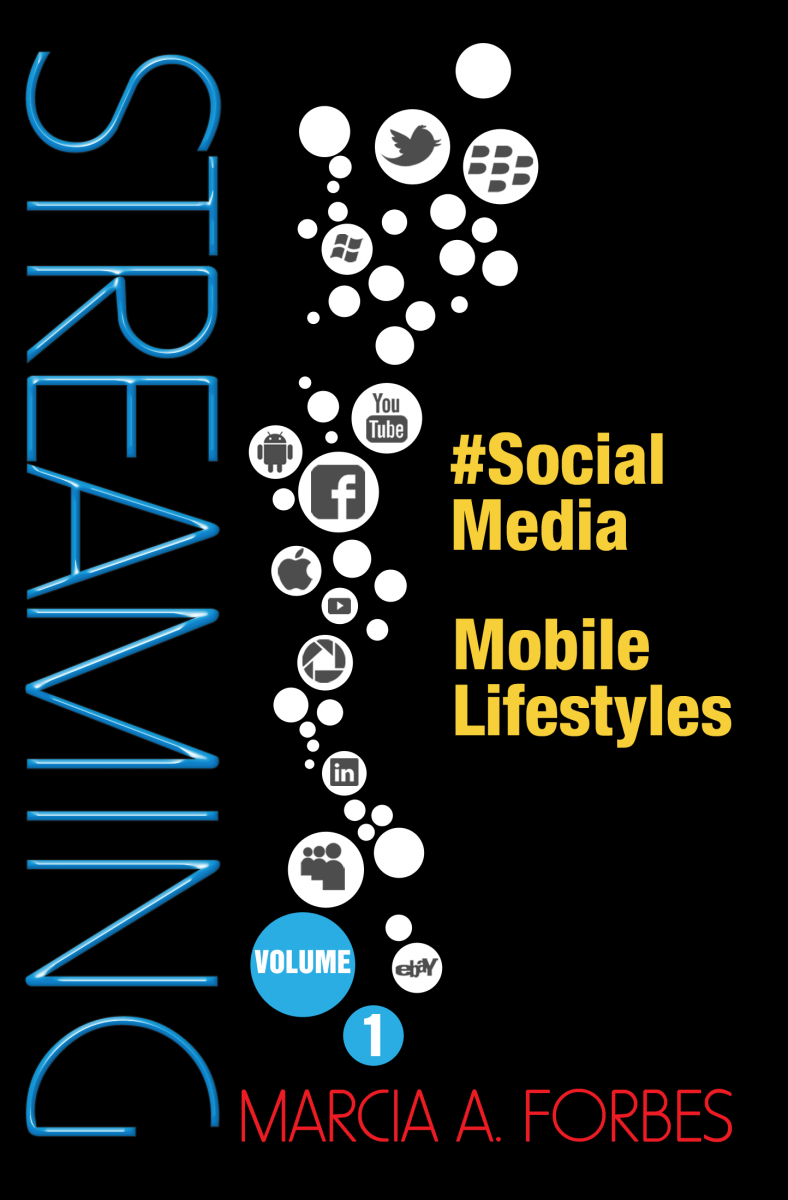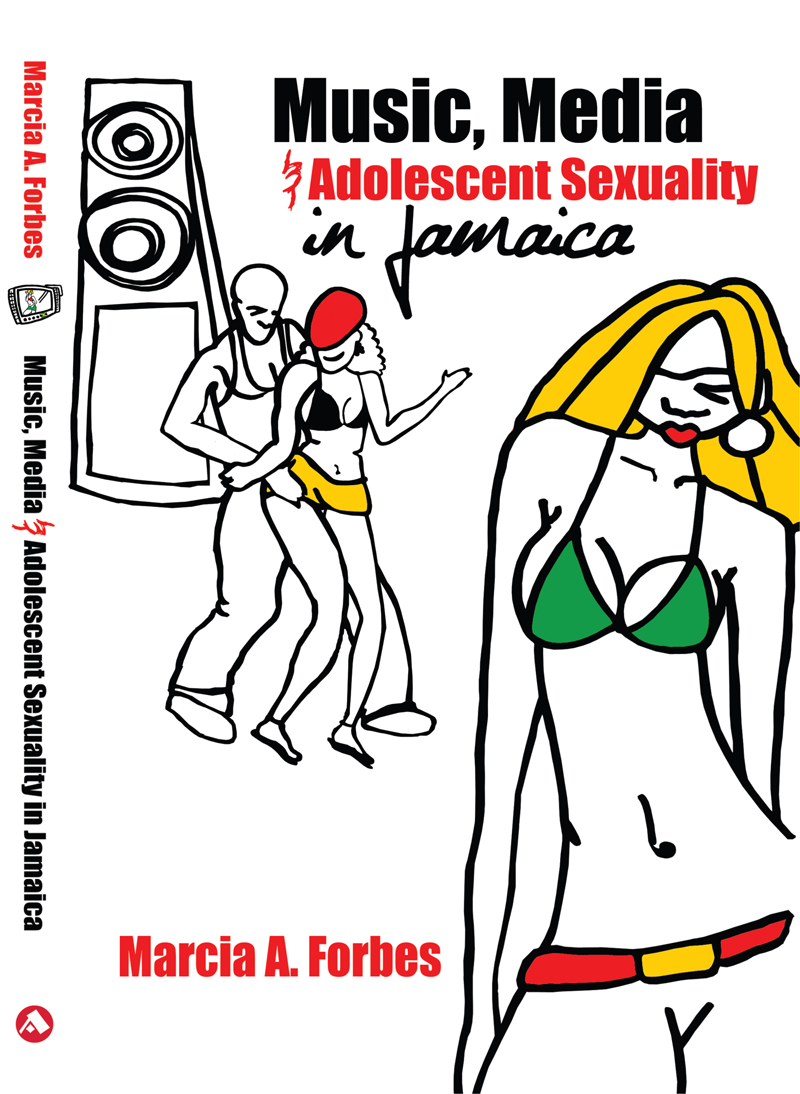Issues of Images & Identity - Cable TV & the Music Jamaica Adolescents Watch (Part 1)
Why Worry?
Access to technology is one feature of the modern state. Some argue that this often comes at a high price. Within the small and developing countries of the English speaking Caribbean such as Jamaica, there is particular disquiet pertaining to the consumeristic and sexist messages portrayed via ‘American’ TV in general and music videos in particular. Against the backdrop of poverty and high levels of teenage pregnancies, the extent to which Jamaican adolescents have access to cable TV and how this influences their consumption of music videos is of more than academic interest. How much and what types of music videos are they watching via local and foreign cable TV versus local free-to-air TV? This information is useful since the rules governing cable TV are different from those for free-to-air TV.
The distribution of cable television signals to Jamaican households started approximately eighteen (18) years ago with businesses set up as ‘mom and pop shops’. The primary intention of these businesses was to make money by distributing content available from US television networks and cable channels. When challenged on any ground, including copyright infringement, arguments pertaining to social good through enhancement of the entertainment mix available to the underprivileged class rose to the fore. Those unable to afford their own satellite dish were provided with its fare via hard wire coaxial cables. Cable TV therefore became known in Jamaica as ‘the poor man’s dish’.
eighteen (18) years ago with businesses set up as ‘mom and pop shops’. The primary intention of these businesses was to make money by distributing content available from US television networks and cable channels. When challenged on any ground, including copyright infringement, arguments pertaining to social good through enhancement of the entertainment mix available to the underprivileged class rose to the fore. Those unable to afford their own satellite dish were provided with its fare via hard wire coaxial cables. Cable TV therefore became known in Jamaica as ‘the poor man’s dish’.
 eighteen (18) years ago with businesses set up as ‘mom and pop shops’. The primary intention of these businesses was to make money by distributing content available from US television networks and cable channels. When challenged on any ground, including copyright infringement, arguments pertaining to social good through enhancement of the entertainment mix available to the underprivileged class rose to the fore. Those unable to afford their own satellite dish were provided with its fare via hard wire coaxial cables. Cable TV therefore became known in Jamaica as ‘the poor man’s dish’.
eighteen (18) years ago with businesses set up as ‘mom and pop shops’. The primary intention of these businesses was to make money by distributing content available from US television networks and cable channels. When challenged on any ground, including copyright infringement, arguments pertaining to social good through enhancement of the entertainment mix available to the underprivileged class rose to the fore. Those unable to afford their own satellite dish were provided with its fare via hard wire coaxial cables. Cable TV therefore became known in Jamaica as ‘the poor man’s dish’.
Facilitated by Jamaica’s geographical location which places it in the ‘footprint’ of US domestic satellites, cable television services proliferated and flourished unfettered by any Governmental intervention or restriction, until 1998. At that time, approximately ten (10) years after the emergence of the cable industry, about fifty (50) licenses were issued to operators through the quasi-Government body, The Broadcasting Commission of Jamaica. Efforts then began to be made to regularize the industry.
With Government’s intervention and its stated support, local cable TV channels have mushroomed, with approximately 50 such channels now in existence. The more popular ones are driven by music videos and music based programmes. Largely through cable TV, both local and foreign, Jamaican adolescents are exposed to a wide variety of music video channels. US cable channel Black Entertainment Television (BET) was ranked in a 2002 research as the most watched cable channel by Jamaican adolescents, aged 10 to 19 years. In a 2005 study, BET was included in the list of favourite channels for 10 to 12 year old boys, while for the girls it was included as a favourite ‘sometimes’.
Recognizing the popularity of music videos among its adolescent audience, between 1999 to the end of 2002, the two national free-to-air television stations created several music video driven programmes. Similarly, content providers for cable TV capitalized on young Jamaicans love of music videos. Between March 2000 and December 2002, less than three years, five music video driven local cable TV channels were started.
Public complaints pertaining to music video content, the locally produced, closer to home ones (particularly of the dancehall genre) as well as the foreign videos, became more frequent in the press and on talk shows. Concerns were expressed regarding the lyrics, portrayals of overtly sexual dress and dance styles and inappropriate sexual behaviours, such as multiple sex partners practiced especially by the men and promiscuity among the women. With the island’s high rates of teenage pregnancies (approximately 20% of all live births) and growing incidence of HIV/AIDS, especially among girls, the sexual permissiveness portrayed in many music videos has been under attack. The highly consumerist and materialist lifestyle in most videos have also been criticized, with angst as to the values and attitudes being learnt from them.
The Research
My research project is situated against this backdrop of complaints and concerns about music video content in the face of the popularity of these videos among Jamaican adolescents and the proliferation of music video driven channels on local cable TV. Additionally, in view of the harsh socio-economic conditions which many of these adolescents face, some people postulate that the images they see on most music videos may cause them to become discontented with their own lives and drive them to develop unrealistic expectations. They may then try to realize these expectations through socially deviant or risky sexual or other practices.
Yet, although many Jamaicans have a great deal to say about music videos and the ways in which they impact the lives of Jamaican adolescents, up to 2004 no published empirical studies had been conducted to inform the discussions. A survey involving 447 randomly selected adolescents from 18 randomly selected and 3 purposively selected schools located in five purposively selected parishes of Jamaica was conducted. Fieldwork was executed over a six week period from November to mid December, 2005. The 37 item questionnaire was closely supervised but largely self-administered.
For the question pertaining to the mode of transmission via which they watched most of the music videos they saw, respondents were offered a list of six transmission modes along with an ‘other’ category and asked to indicate the one which best applied to them. Local (free-to-air) TV stations, foreign cable TV channels, local cable TV channels, video cassette, DVD and the internet were the ones on the list. Using the statistical software package, SPSS, responses to this question were cross referenced with several others from the questionnaire in order to generate the findings discussed in the rest of this paper. An error value of p = .05 has been used.
RESEARCH FINDINGS
All the four hundred and thirty nine participants to whom the question applied (98.2% of the sample) responded. Foreign cable TV was the predominant transmission mode by which Jamaican adolescents watched most of the music videos they saw. Almost half of the respondents (46%) indicated this, versus only 14.6% who watched mostly via local cable TV and 26.9% via local free-to-air television stations. The remaining 12.5% watched via DVD (8.4%) and other modes such as video tapes and the internet. Combined foreign and local cable TV accounted for almost two thirds (60.6%) of the route via which most music videos were watched. See Figure 1.
Figure 1
Transmission Modes for Watching Music Videos

There was no significant gender difference among adolescents and the systems via which they watched music videos. Age did, however, play a significant role in adolescents’ choice of systems via which they watched (p = .000). Older adolescents showed much greater affinity to foreign cable TV than younger ones. Whereas almost two thirds of 15 to 18 year oldswatched via this transmission mode only about a quarter of 10 and 11 year olds did the same. See Figure 2.
Figure 2
Age Based Viewership of Foreign Cable TV

As displayed in Figure 3 younger adolescents were more inclined to watch on local free-to-air television, 44% of 10 year olds and 37.3% of 11 year olds watched via this mode, compared to only 12.2% and 8.9% of 15 and 16 year olds respectively. The 14 and 16 year olds watched mostly via local cable TV, 23.1% and 20% respectively. Viewership via local cable TV trended downward among other age groups, ranging from 16.5% to 5.3% and was especially low among 17 and 18 year olds where it was 10% and 5.3% respectively.
Figure 3
Comparison of Viewership of Music Videos by Age across Top 3 Transmission Modes

Adolescents indicated that Fridays and Saturdays were the two days of the week they watched most music videos. Heavy viewership, defined as watching for 3 or more hours per day, climbed to 20.5% and 32.8% respectively on these days versus 6.6% to 7.4% on Mondays to Thursdays. The data were interrogated to determine the transmission mode via which adolescents who consumed a great deal of music videos were most likely to watch. To assess this, those who watched for 3 or more hours on Fridays and Saturdays were examined. The findings are reviewed within the context of a fairly substantial line-up of music videos on free-to-air television on these two days with the two national broadcasters transmitting a block of music video driven programmes extending up to approximately 4 hours on each of these days. So, although cable TV has the edge in terms of the available quantity of music videos, the local free-to-air TV stations, in view of their heavy line-up of music video programming would be competitively poised for viewership
Using transmission mode as the independent variable, on Fridays over a half (54.6%) of those who watched 3 or more hours of music videos did so via cable TV (local cable TV: 32.8%, foreign cable TV: 21.8%) compared to only 12.7% who did so via local free-to-air TV. On Saturdays a whopping 73.6% of heavy viewers of music videos watched mainly on cable TV (local: 37.5%, foreign: 36.1%) while those who mainly watched music videos via free-to-air was 27.1%. Although these weekend days showed strong viewership via local cable TV, overall, Sunday through to Saturday, it is via foreign cable TV that most heavy viewers watch music videos. In my next article I will examine the implications of this situation.


